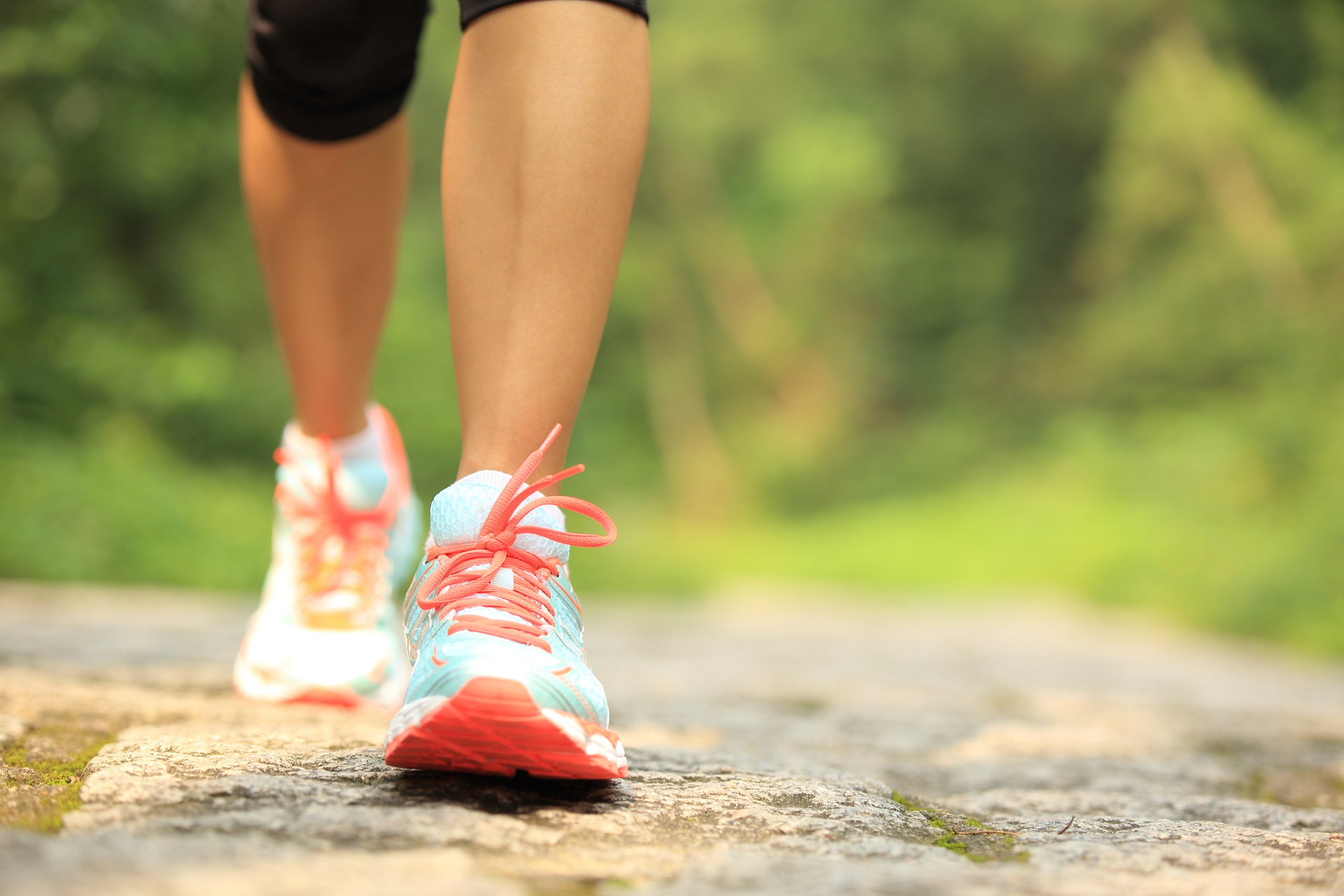Losing Hair on Your Legs? Look Out for Peripheral Artery Disease
Last updated on December 12, 2023
While there are various reasons for leg hair loss, such as fungal infections, folliculitis, hypothyroidism, and alopecia, PAD should be highly considered because it progresses from diabetes, a disease 38 million Americans are living with.
At MIMIT Health, we diagnose PAD with a blood pressure test called ankle-brachial index (ABI) that takes only minutes to complete. And, you receive your results immediately.
What is peripheral artery disease?
Peripheral Artery Disease (PAD) is a circulatory condition characterized by atherosclerosis, or the narrowing or blockage of the peripheral arteries, often due to the build-up of fatty deposits or plaque.
The first symptom people notice is usually intermittent meaning leg pain or discomfort that occurs with exercise and subsides with rest.
It's important to note that atherosclerosis doesn't limit itself to one area of the body. If you have atherosclerosis in your legs, you're likely to have it in other arteries throughout your body. This widespread nature of atherosclerosis is what connects PAD to other serious conditions like coronary artery disease, heart attack, and stroke.
Other common symptoms of PAD
Leg Pain or Cramping
One of the most common symptoms of PAD is leg pain or cramping that occurs with physical activity, like climbing stairs, and eases with rest, a condition known as intermittent claudication. The pain or cramping can be experienced in the hip, thigh, or calf muscles due to insufficient blood supply to these areas during activity. It's essential to take note of this symptom as it provides early indication of PAD.
Numbness or Weakness
Numbness or weakness in the leg can be another symptom of PAD. It is caused by reduced blood flow to the leg muscles, depriving them of necessary oxygen and nutrients. It's important to understand that these symptoms can be signs of other conditions as well, thus, it's always advisable to seek medical advice when experiencing these symptoms.
Coldness or Discoloration of the Skin
Coldness in the lower leg or foot, particularly when compared to the other side, or changes in the color of the legs can also be signs of PAD. These symptoms result from insufficient blood supply to the affected areas. Discoloration of the skin, usually turning it pale or blue, is a sign of serious PAD and requires immediate medical attention.
How elevated blood sugar leads to leg hair loss?
High blood sugar levels can lead to blood vessel damage and the formation of these fatty deposits. This fatty material made up of cholesterol, cellular waste products, calcium, and fibrin (a clotting material in the blood), forms along the walls of the arteries, particularly in the legs. The process is called atherosclerosis.
Narrowing of the arteries in your legs means less blood is flowing to them. When blood flow decreases, your leg hair doesn't receive enough nourishment or oxygen, causing it to shrink and produce thinner, shorter hairs in the affected limb. This can result in patchy hair or complete baldness. In severe cases, the affected follicles may stop producing new hair, resulting in hair loss. Hair loss on the legs can show itself as a reduced amount of hair in general or patchy bald spots.
Tips for maintaining good leg circulation
Maintaining good leg circulation is essential for overall leg health, and early detection and management of PAD can help prevent the progression of the disease and the onset of severe symptoms.
Exercise regularly
Adding exercise to your daily routine improves blood circulation in your legs. Activities like walking, cycling, or swimming stimulate blood flow and strengthen muscles, enhancing circulation. Start slowly, gradually increasing intensity, and remember to warm up and cool down.
Consume a healthy diet
Adopting a healthy diet that promotes good circulation is another critical aspect of PAD management.
That includes eating a balanced diet high in fruits, vegetables, lean proteins, and whole grains, while limiting saturated fats, cholesterol, and sodium can help control blood pressure and cholesterol levels, promote weight loss, and prevent diabetes - all contributing factors to PAD.
Take proper foot and leg care
Elevate your legs when sitting and avoid crossing them to improve blood flow. Supportive shoes and socks enhance comfort and protect your feet. Regular massage can stimulate blood flow as well.
Keep your feet clean and dry to prevent infections. Check for cuts, blisters, or abrasions, and seek immediate medical attention for unhealed wounds or signs of infection.
MIMIT Health offers an outpatient procedure for PAD
In severe cases of PAD, when symptoms are not improved by lifestyle changes and medications, surgical procedures may be necessary.
Angioplasty
In this procedure, a small balloon is inflated inside the affected artery to restore blood flow, often followed by the placement of a small metal mesh (stent) to keep the artery open.





